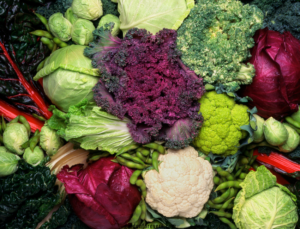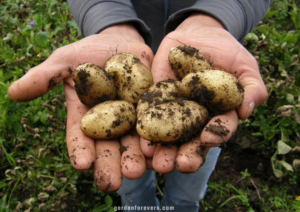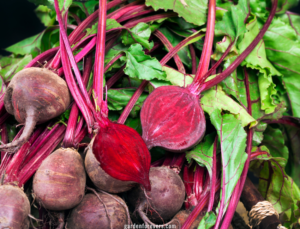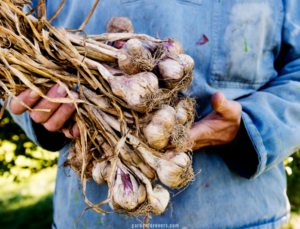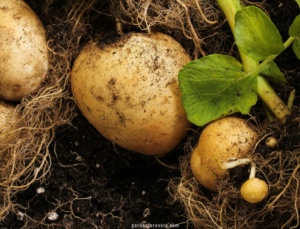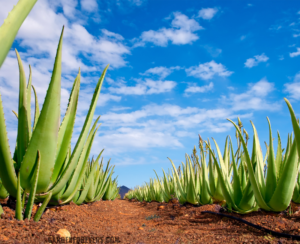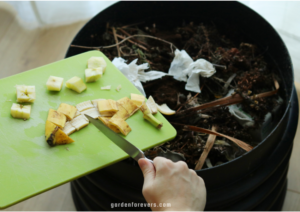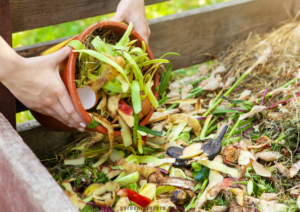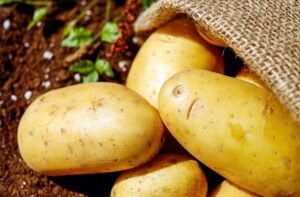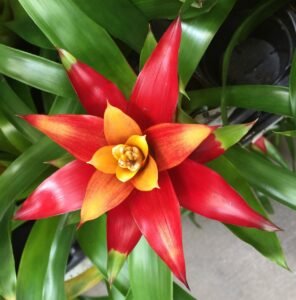Planting Potatoes in the Fall
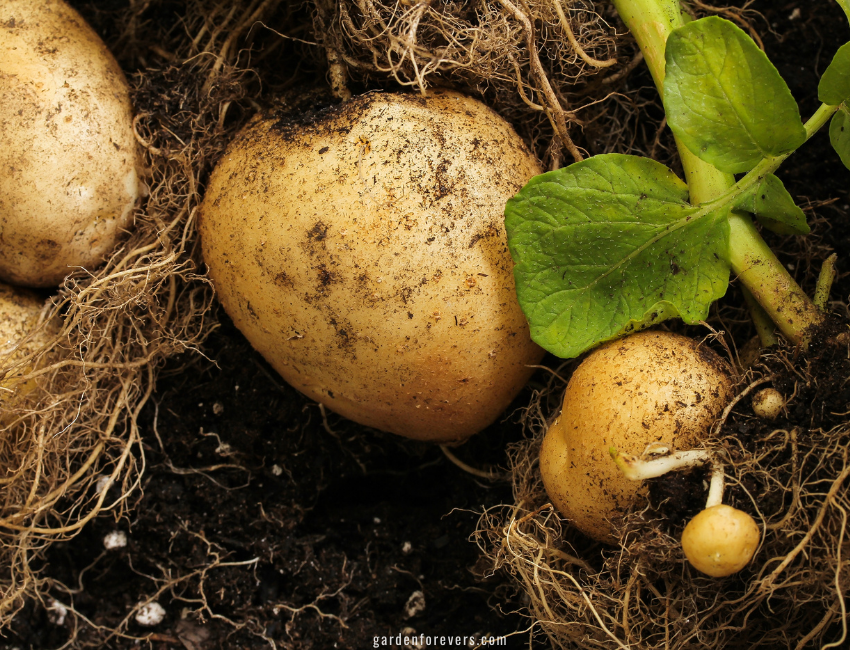
Can you plant potatoes in the fall?
Can you plant potatoes in the fall? Of course, why not? Generally, potatoes (Solanum tuberosum) are grown in the spring. Still, in the case of planting potatoes in the fall, you should decide to grow them in this different season if you live in a place where the winter is mild, considering the type of soil, the availability of the right seeds, where you live, what the demand for potatoes is like there, whether it will be profitable to grow potatoes, etc. In this article, we will discuss whether it is possible to grow potatoes in fall, and what preparations and methods should be taken for this, so that you can make the right decision.
Why do you need to plant potatoes in the winter?
There are many reasons to plant potatoes in the fall. In terms of food security, profit, etc. It is an alternative season for farmers, which is important for food supply. Here are some reasons behind the potato culture in the fall
Favorable weather
Fall weather can sometimes be suitable for the proper growth of potatoes. Especially if the temperature is mild in autumn in your region and there is enough rain, and at this time it is cold at night and warm during the day, the growth of potatoes is healthy.
Pests and diseases
In most cases, potato blight attacks are much less common in the fall than in the spring. Also, the number of diseases that occur in the spring is often lower in the fall. As a result, the production of potatoes is expected to increase.
Soil moisture
Autumn is often rainy, which helps to maintain soil moisture. This moist soil is essential for potato culture. Therefore, growing potatoes in the fall can be a profitable venture.
Economic concern
By growing potatoes in the fall, farmers can earn extra by harvesting potatoes in the winter, which helps improve their economic situation.
Food security
Potato culture in the fall serves as an alternative season for farmers. Therefore, the cultivation of potatoes in autumn is important for food supply. Additionally, food security can be increased.
How can I choose the right potato seeds?
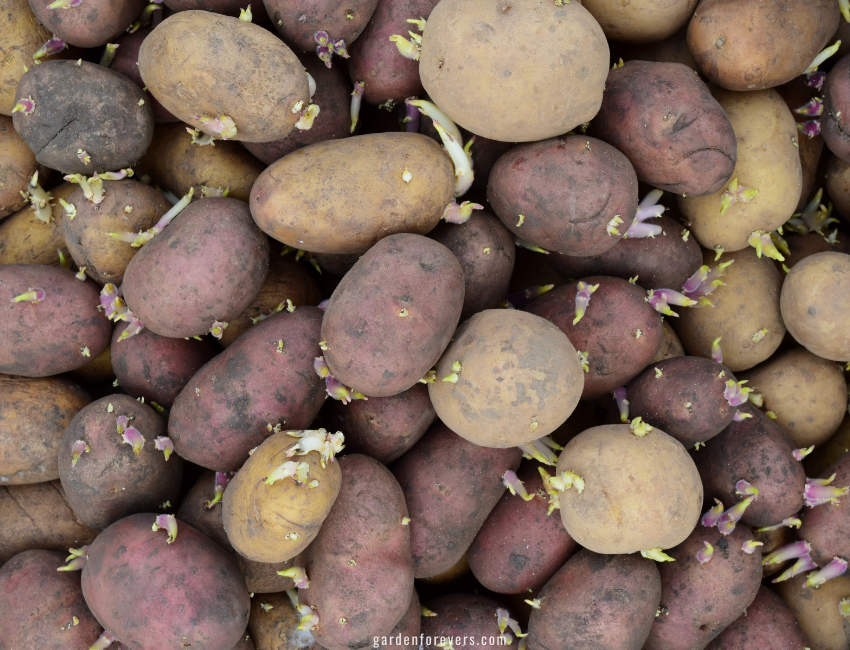
Choosing the right seeds is an important aspect of potato cultivation. Potato production depends on variety, health, size, purchase from local producers, tested seeds, sowing time, and storage. Here are some important points that will help you choose the right seeds.
Choosing the right breed
Choose a variety based on the climate and soil type of your area. Additionally, that potato variety should grow well in cool and moist weather. Some popular varieties that are suitable for cultivation in the fall, such as,
- Red Pontiac is disease-resistant and gives good yield in cold weather.
- The Yukon Gold variety is good for storage and has a creamy texture.
- Kennebec is known for its high yield and versatile use.
- The French fingerling variety is small and tasty.
Healthy or certified seeds
Make sure the seed potatoes are certified and disease-free. Choose seeds free of common diseases such as late blight and scab. Furthermore, bacteria, viruses, or fungi are not contagious. Check to see if the nail is solid and has any cuts, bruises, or scratches.
The ideal size and shape
The good quality potato seed weighs 50-75 grams and about 2-3 ounces. Almost 1-2 inches of small potato tubers are suitable for planting. Importantly, make sure all the seeds are the same size and shape. But don’t pick such potato tubers that are 4 inches wide and more.
Texture of seeds
The seeds are hard because soft, wrinkled, damaged potato seeds can easily rot. Choose bulbs that are small and thick. Do not take sprouted and excessively long, thin sprouts, and check for any cuts, bruises, or rot.
Purchased from a reliable source
Try to purchase seeds from reputable sources that specialize in potato seeds. Thus, you can pick from local nurseries or seed suppliers who offer quality and disease-free seeds with guarantees. However, if you prefer organic farming, look for certified organic seed potatoes.
How can I prepare to plant potatoes in the fall?
Site selection
First, you need to choose a suitable soil for planting. Which type of site should be selected? Such site,
- Choose a highland site because potatoes grow well in such land.
- Select such a place where there is no water logging.
- The soil pH level should be between 5.8 and 7.0.
- Select a place with full sunlight that receives moderate or maximum sunlight.
- The soil should not be too dry, and the moisture level should be adequate.
- Pick a spot where water is readily available and has a good drainage system.
- To prevent diseases, don’t cultivate potatoes in the areas where potatoes were grown earlier.
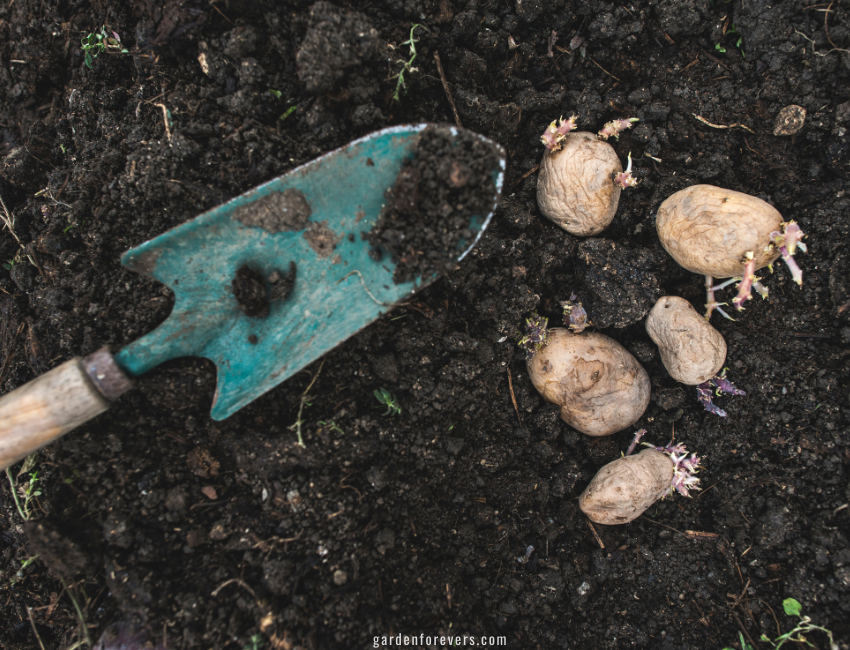
Soil preparation
- The soil must be well loosened. Dig the soil as deep as 10 to 12 inches to absorb air and water.
- Add organic fertilizers such as compost or cow dung manure to the soil to increase soil fertility, nutrition, and moisture.
- Maintain the pH around 6 to 6.5, slightly acidic, to ensure healthy growth.
Seed preparation
- Before planting, allow the seeds to sprout for a few weeks in a cool and well-lit place. It is helpful for strong growth during planting.
- If needed. Cut out large potato seeds, keeping one or two eyes for each. Allow to dry for a few hours after cutting.
How to plant potato seeds?
The appropriate time for sowing in fall is September late to early October. To plant the seeds, you have to follow some steps,
Planting procedure
When planting potatoes, keep the depth of the trench 4 to 6 inches.
Potato seeds should be planted at a distance of 12 to 15 inches.
Keep the sprouts facing upwards.
When planting, you can fertilize the soil, such as DAP or MOP.
Once planting is done, water well throughout the bed.
Related
How do I care during the cultivation of potatoes?
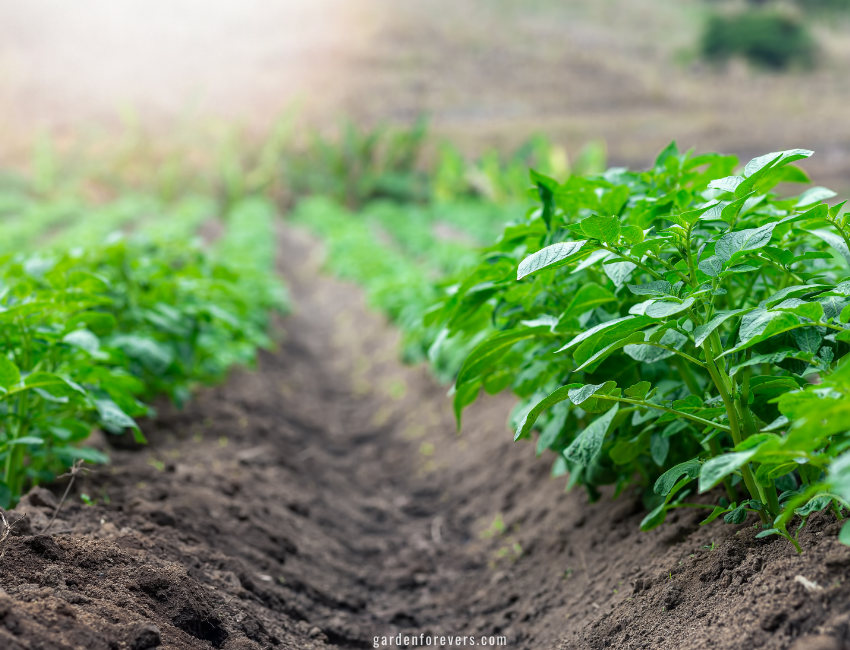
- Weeds prevent the absorption of nutrients. Therefore, you have to remove weeds around the potato plant regularly.
- Applying fertilizer regularly is essential for the proper growth of the plant. Firstly, fertilize during sowing and then after 3 to 4 weeks.
- Various insects can harm the potato plant, so pesticides should be applied regularly.
- To get a good yield for potatoes in the fall. Thus, you need to control the moisture of the soil regularly. But if there is too much rain, you need to be drained.
- Take care of the leaves and flowers during flowering. After flowering, the leaves turn yellow. It is normal to read at this time.
Harvesting and storage
- The leaves of the plant dry up while plucking potatoes in winter. Harvest the potatoes after 8-10 weeks.
- When picking potatoes, carefully remove the potatoes from the ground so as not to damage them.
- After harvesting, you should dry and store the potatoes in a cool, dry place.
- Finally, keep potatoes away from sunlight during storage.
FAQs
What are the best potato varieties suitable for planting in the fall?
Red Gold, Dark Red Norland, Yukon Gold, Katahdin, Purple Viking, Carola, Crescent, creamy inside, and French Fingerling are the best potato varieties for planting potatoes in the fall.
Can I leave potatoes in the ground over winter?
It is possible to leave potatoes under the ground in winter, but this can be somewhat risky. If the temperature is too low, the potato tubers can freeze. So, there is a possibility of damage. In winter, when the temperature of the soil falls below 0 ° C, do not leave the potatoes under the soil. However, if you want to leave the potatoes under the soil, you can cover the soil with enough leaves or soil, which will help control the temperature. It is best to collect potatoes before winter and store them properly.
When is the right time to harvest?
Usually, potatoes are ready for harvesting after 8 to 10 weeks. When the leaves turn yellow and the bulb rises above the ground, it is time to collect.

